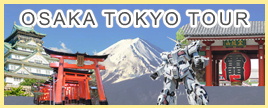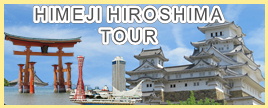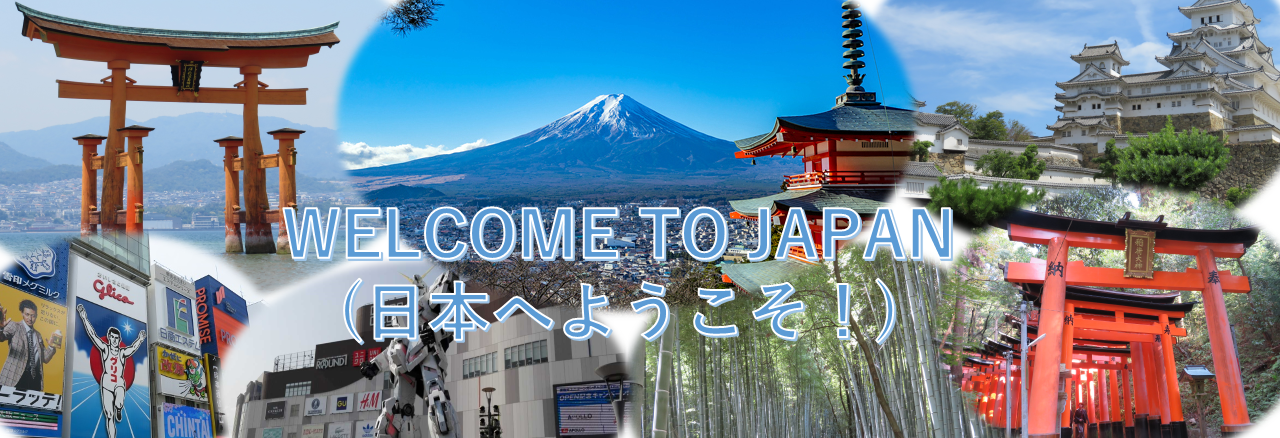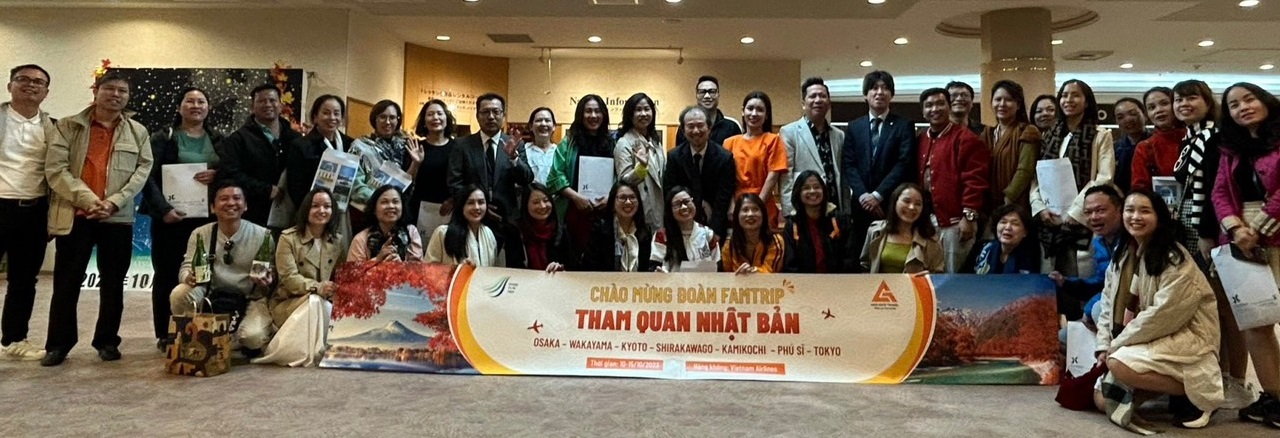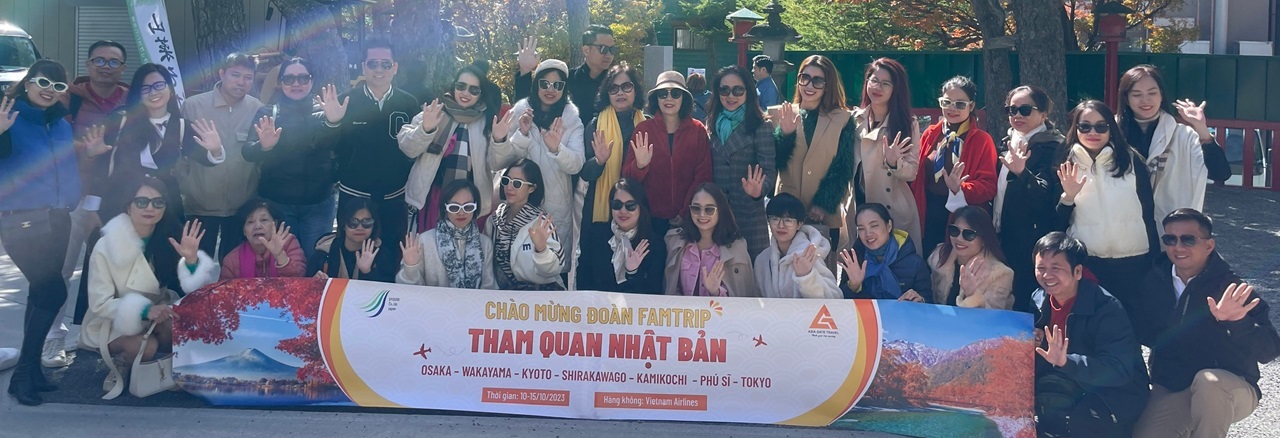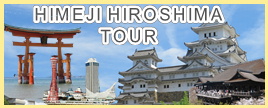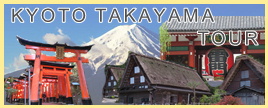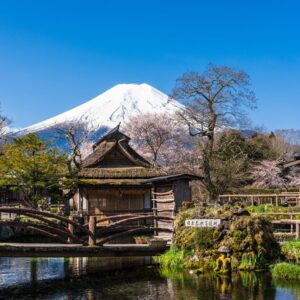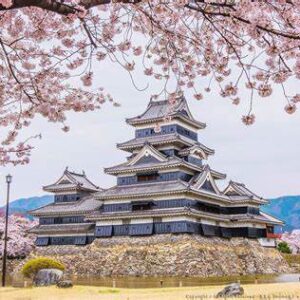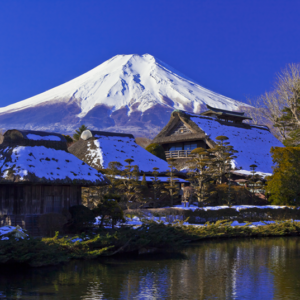SAKURA NO TABI 5STAY6NIGHTS
Description
this tour enjoy “ALL JAPAN SAKURA”!!
You can feal fantastic JAPAN.
ENJOY POINT



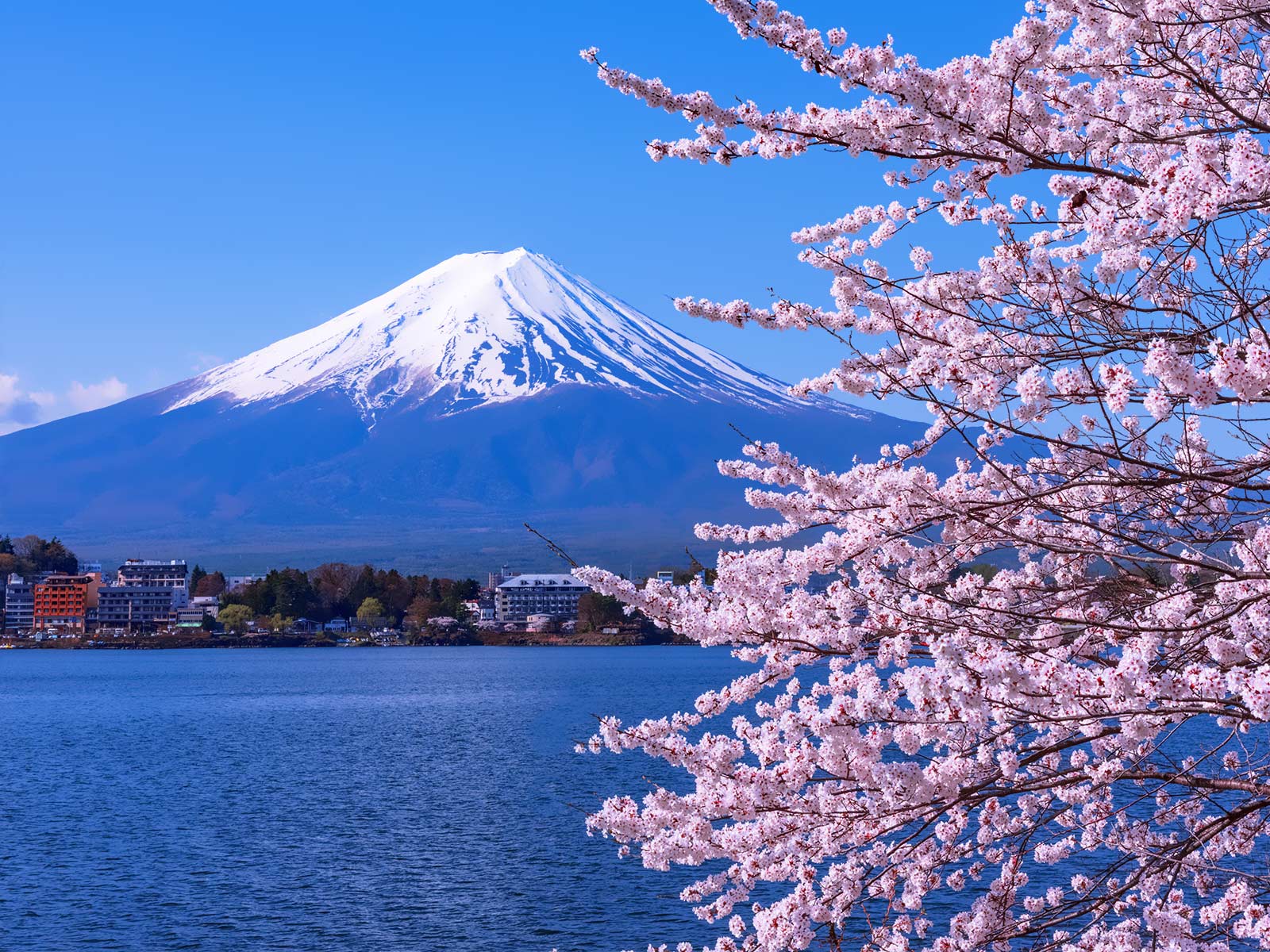
1st day
14:00-19:00 5J828✈
20:00 AIRPORT CHECKOUT
20:30 HOTEL C/I
2nd day
8:00 BF and C/O
8:10-9:00 BUS ridding
9:10-10:10 DOTONBORI▼

The Dotonbori district sits beside a 400-year-old canal. The bridge over the canal is a popular place to take your photo (look out for the Glico Man; the enormous runner towers over Ebisubashi Bridge and is a famous Osaka landmark).Almost a mile long, Shinsaibashi arcade stretches from Shinsaibaishi station to Dotonbori and is one of the busiest and oldest shopping streets in Japan. There are shops to suit every budget and tastes from high fashion to traditional crafts. Add on a limitless selection of cafes and restaurants, and you’ll be lucky to emerge before nightfall.
10:20-11:20 BUS ridding
11:30-12:30 LUNCH
12:15-13:20 ARASHIYAMA▼

Located in the northwestern area of Kyoto, Arashiyama draws many visitors for its world-renowned bamboo grove and beautiful scenery that changes with each season. The area is dotted with temples, old imperial villas, and famous historical sites, many of which are National Treasures, or have been recognized as World Heritage sites. The entire region is designated by the Japanese government as a Place of Scenic Beauty.
13:30-14:10 BUS ridding
14:20-15:40 KIYOMIZU TEMPLE▼

The main hall houses Kiyomizudera’s veranda, the most famous feature of the temple. Supported by traditional wooden Japanese construction, it stands 13 meters above the ground and is built without the use of nails.The veranda is usually crowded with visitors, but it’s worth venturing to the furthest corner and waiting your turn for a photo with the city of Kyoto in the background.
15:50-17:20 BUS ridding
17:20-17:35 SHIZUGATAKE PARKING AREA
17:40-19:00 BUS ridding
19:00- DINNER
20:00 HOTEL C/I
3rd day
8:00 BF and C/O
8:00-10:00 BUS ridding
10:10-11:10 INE TOWN▼
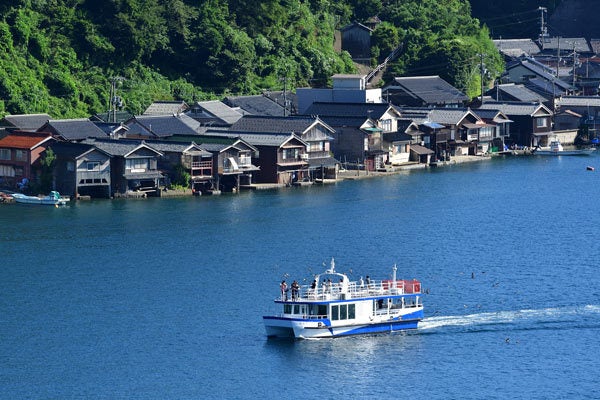
Ine is famous for its unique funaya, or boat houses. These wooden buildings sit right on the water and serve as both dock and home for the fishermen of the village. The boats are housed in the first floor, with the second floor serving as the dwelling area.Around 230 funaya remain today, stretching along five kilometers of the coastline. A few are minshuku, or guest houses, providing an authentic peek into a life of the fisherman today.
11:20-11:40 BUS ridding
11:50-12:40 LUNCH
12:50-13:00 ROPEWAY
13:00-13:40 AMANOHASHIDATE▼
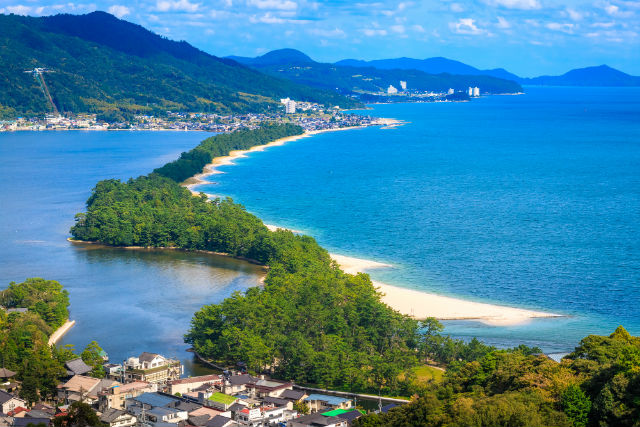
Amanohashidate translates to “bridge to heaven” because it appears to be a pathway connecting heaven and earth when viewed from the mountains that rise above it on either side. The sandbar is quite thin—just 20 meters wide at its narrowest point. Most of it is occupied by pine trees.
13:50-14:00 ROPEWAY
14:00-16:00 BUS ridding
16:10-17:00 KEHI SHRINE▼
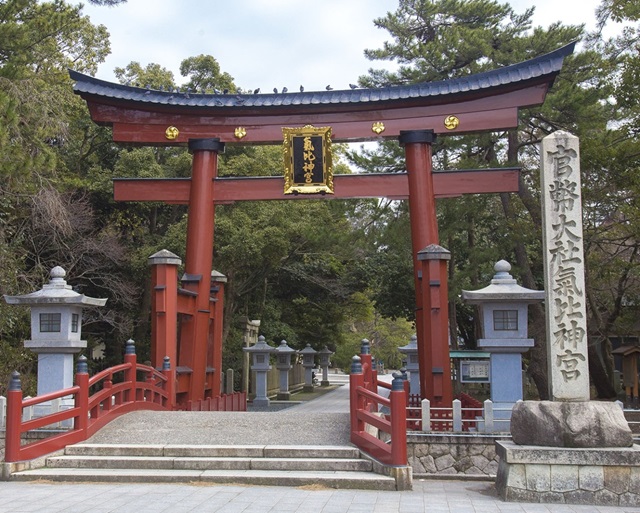
Kehi Jingu Shrine has been famous for its “Chomeisui,” or “water of long life,” for roughly 1,300 years. When the shrine was rebuilt in the year 702, a water spring was discovered here. It was considered sacred because the shrine’s deities lived very long lives.
17:10-18:30 BUS ridding
19:00 HOTEL
4th day
8:00 BF and C/O
8:00-9:30 BUS ridding
9:40-10:30 SHIRAKAWAGO▼

Shirakawa-go Ogimachi is the largest hamlet of gassho-zukuri style houses in Japan. The name gassho-zukuri literally means “like praying hands.”Each house is a masterpiece of carpentry. They are built without nails—every beam slots neatly into the next. The structure is so sound that these houses have stood since the 1800s, even in this earthquake-prone nation.The existing gassho-zukuri houses serve as museums, explaining the history of the region, the special architectural style, and features, and some of the key industries of Shirakawa-go. Several of these homes are guesthouses that offer lodging.The gassho-zukuri village will transport you back to pre-modern Japan. Climb up to the Shirayama observatory, look out over the village, and take in views of a time gone by.
10:40-11:40 BUS ridding
11:50-12:40 LUNCH
13:00-13:50 TAKAYAMA STREAT▼
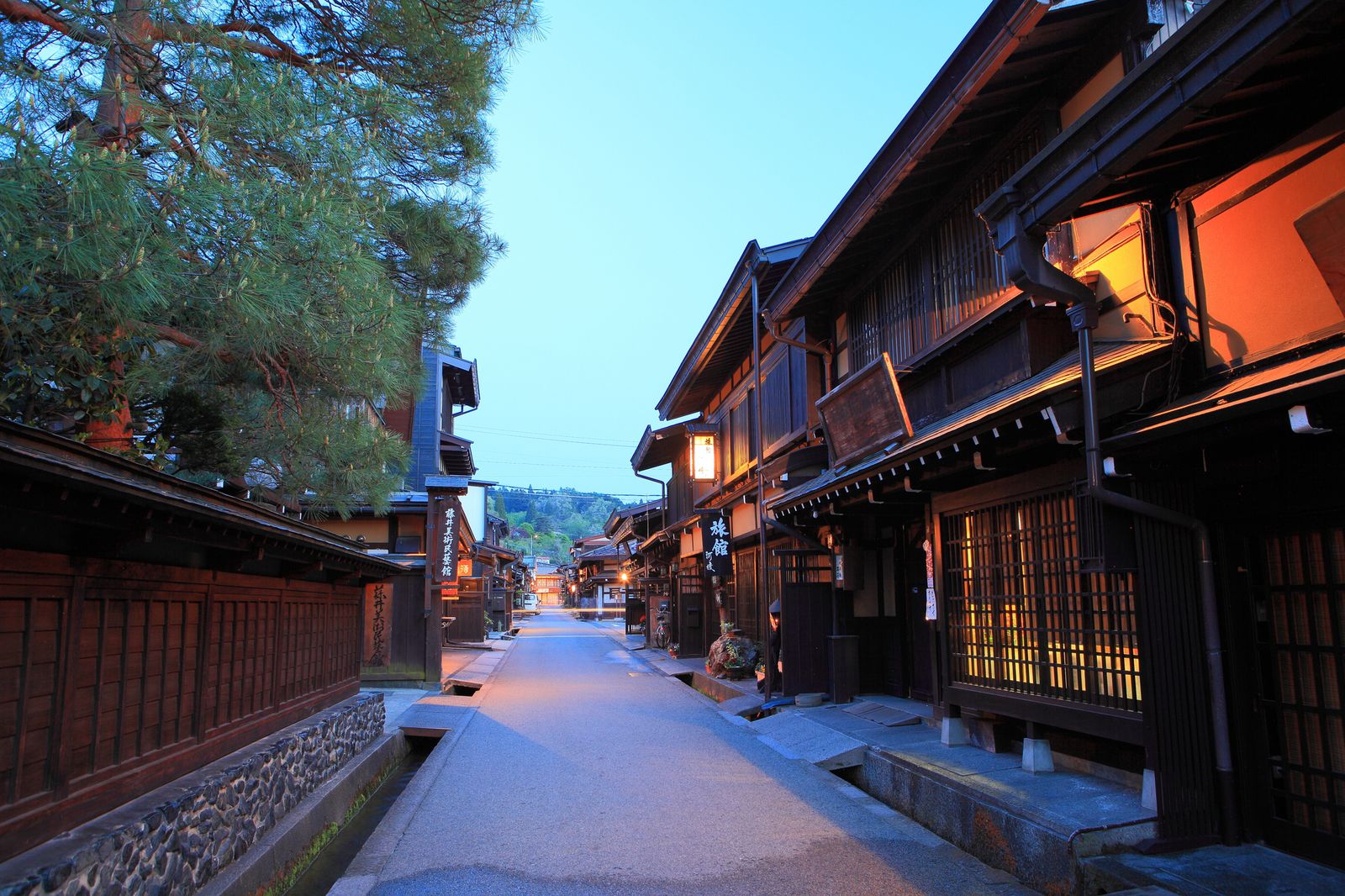
The heart of Takayama city, the Sanmachi area of preserved buildings, attracts tourists from all over the country. You could spend a whole day wandering these old streets, buying souvenirs from the many craft shops, sampling local tea and digging into local treats like wagyu sushi.A number of sake breweries are also located in and around the Sanmachi district, and tasting is possible.
14:00-16:00 BUS ridding
16:10-17:00 MATSUMOTO CASTLE (OUT VIEW ONLY)▼

Matsumoto Castle is one of the grandest castles in Japan. Its five-storey main tower, built in late 16th century, is the oldest surviving castle tower in the nation.It’s famously photogenic, with a wide moat, vermillion bridges, and original stonework, backdropped by views of the Northern Alps.
17:10-18:30 BUS ridding
18:40- HOTEL BUFEAT WITH CRAB▼
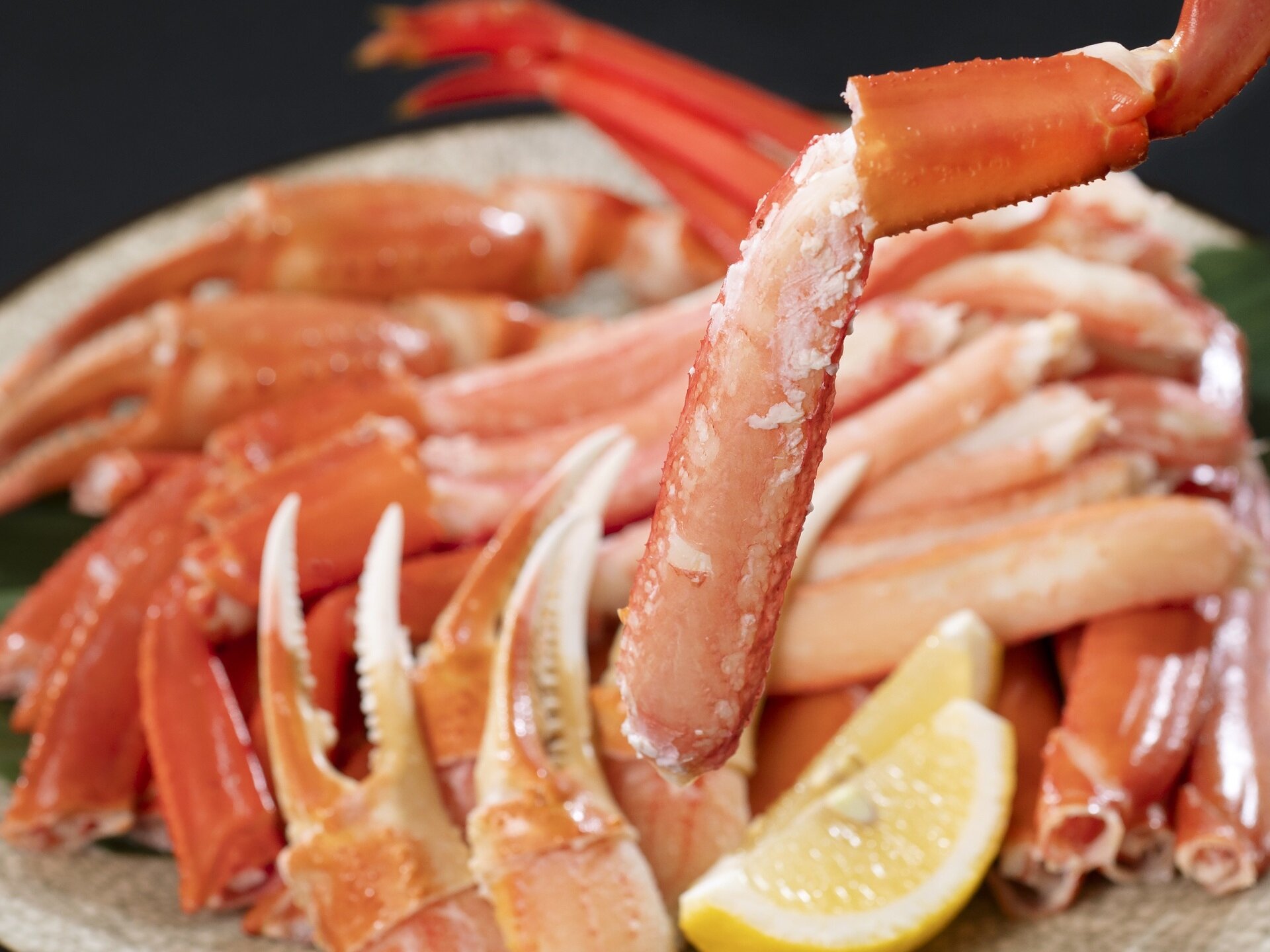
You can enjoy crab bufeat.
20:00 HOTEL
5th day
8:00 BF and C/O
8:10-9:40 BUS ridding
10:20-10:50 KAWAGUCHI LAKE▼

On a still, clear day, you can see a perfect mirror image of Mt. Fuji reflected in the lake. For the best view of Mt. Fuji, try taking a photo of the stunning scenery at Chureito Pagoda located inside Arakurayama Sengen Park . The pagoda, as shown in the foreground of Mt. Fuji, is quickly becoming a popular photo spot in the Fuji Five Lakes area.
11:00-11:30 BUS ridding
11:40-12:20 OSHINO HAKKAI▼
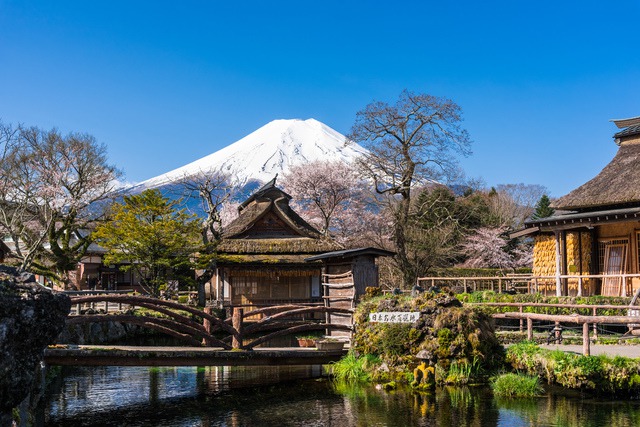
This small village is a pretty retreat no matter what time of year you visit. Evergreens are interspersed with maple trees that turn a gorgeous amber in the autumn months, and in the winter, layers of snow add a magical quality to this tranquil village. It is a popular destination and often busy, but even so, the peacefulness of the area persists.The gift shop is seemingly as large as the village itself and sells a wide variety of gifts and souvenirs, as well as snacks. Much of what is on offer is adorned with Mt. Fuji motifs; you’ll also find trinkets on sale celebrating the eight ponds.
12:30-13:20 LUNCH
13:30-15:40 BUS ridding
15:50-16:40 ASAKUSA TEMPLE▼
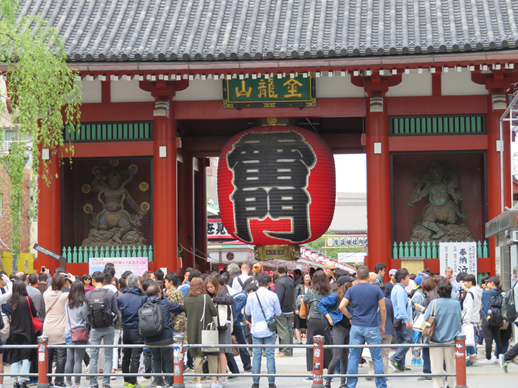
The origin of this striking temple is the stuff of legend. The story goes that all the way back in 628, two fisherman brothers pulled a statue of Kannon, the Buddhist goddess of mercy, from the Sumidagawa River. Although they tried to return it to the river, it always came back to them. They built Sensoji to house this sacred statue and to honor Kannon, completing it in 645.For centuries, a constant flow of visitors has come to pay their respects and pray in the temple’s main hall. Around the central building, you can also see the Goju-no-To five-tiered pagoda, several smaller halls, and charming little gardens, one of which houses Tokyo’s oldest stone bridge and wooden structure. To the right of the main hall, you will find Asakusa Shrine, where the three men who founded Sensoji are enshrined.
16:50-17:30 BUS ridding
18:00-19:30 DINNER
19:40-20:00 BUS ridding
20:00 HOTEL C/I
6th day
7:00 BF and C/O
7:00-7:15 BUS ridding
5J5055 12:50-17:00✈
